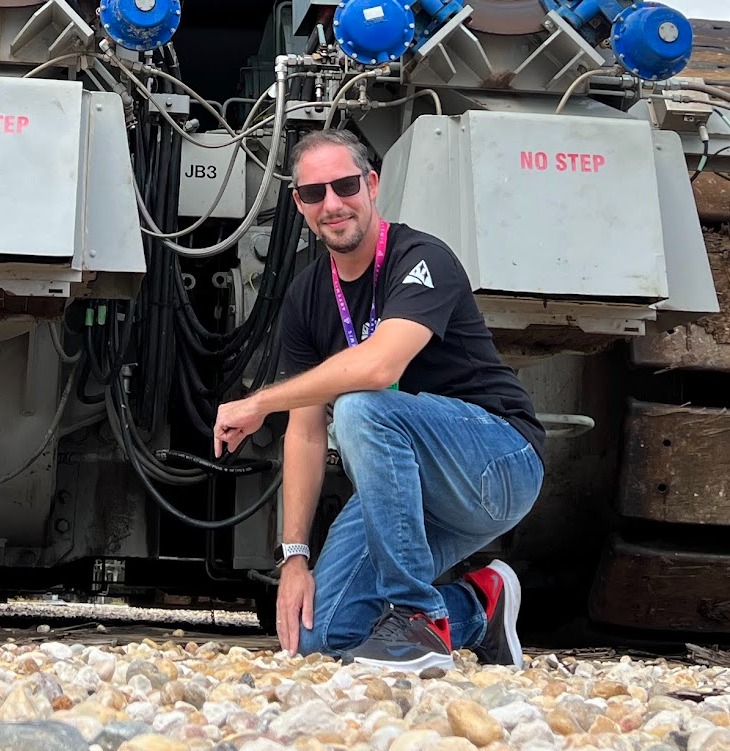SpaceX Starship IFT-2 Launch: Ship 25 Reaches Space!
Written by

Felix Schlang
&
Alex
\
Published on November 20, 2023
At 7:02 AM US Central Time, after a brief planned countdown hold, the Space Exploration Technologies Corp. (SpaceX) Super Heavy Booster 9 lit all 33 of its Raptor engines and took to the skies over the Gulf of Mexico with Ship 25 atop.
Source: WAI Cam
What Happened
Super Heavy Booster 9 cleared the launch tower, made it through maximum aerodynamic pressure (MaxQ), and reached a speed of 3,462 mph (5,572 km/h) and an altitude of 44.7 miles (72 km) before shutting down all but its center three Raptor engines - all without losing a single engine! Moments later Ship 25 lit all six of its engines - first its outer three vacuum-optimized RVAC engines, then its inner three sea-level-optimized engines. It then broke free of Booster 9 and continued on its journey to space.
As soon as Ship 25 was clear, Booster 9 began its pitch maneuver and started re-igniting the 10 inner-ring Raptor engines to slow its inertia and begin its return towards the launch site. While doing so the booster experienced an anomaly. Several engines began failing one by one until finally SpaceX had to accept a loss of the vehicle just 30 seconds later.
Source: SpaceX (via X)
Ship 25 continued its ascent, reaching the Kármán Line - 62 mi / 100 km, the internationally recognized altitude boundary of space - at 3 minutes 29 seconds into flight, marking the first time a full-flow staged combustion engine has made it to space. Ship 25 continued on its trajectory for another 4 minutes and 30 seconds, reaching a peak altitude of 92.5 miles (149 km) and a top speed of 14,989 mph (24,123 km/h) before suffering a catastrophic anomaly just moments before second engine cutoff (SECO).
While Booster 9 and Ship 25 both did ultimately explode, this launch can be regarded as a success for SpaceX. It is important to remember that these are test prototypes and every bit of data collected is critical for learning what works and what can be improved. With over 8 minutes of flight time, this test produced extremely valuable data needed to continue the development process.
What About Stage-0
One especially important piece of data became clear once the smoke and dust cleared all while Booster 9 was still climbing: the Orbital Launch Mount (OLM), also known as Stage-0, was in good shape!
Source: Chief / John Cargile
Compared to the aftermath of IFT-1, this is a night-and-day difference. Very little damage can be seen after Booster 9's 33 Raptor engines released upwards of 74,000 kilonewtons (7,500 tons) of energy directly against the water deluge plate situated under the rocket for over 10 seconds as it cleared the launch tower.
What Comes Next
Iterative design tests will continue. SpaceX has test hardware ready and could roll out another rocket before the end of the year. With the demonstrable safety and soundness of the OLM, they also have a strong argument for faster regulatory approvals. We can likely expect another full stack orbital test in early 2024, perhaps as soon as February, and many more to follow. Check out our Starbase page to keep up-to-date on upcoming tests at Starbase.
WAI Cam Debut
This was a resounding success not only for the SpaceX engineering teams, but also for WAI. We revealed the brand new WAI Cam - the newest addition to our on-site production. Watch our reactions and the WAI Cam below:
Check this out next:
This might also interest you!

